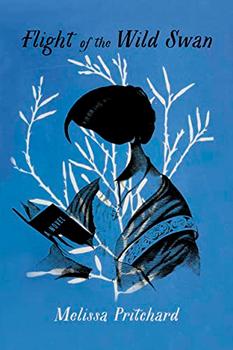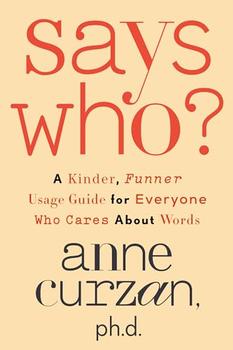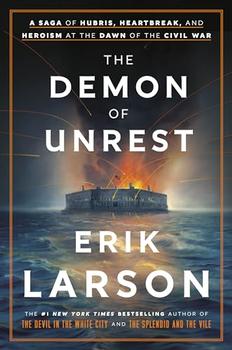Summary | Excerpt | Reviews | Beyond the Book | Read-Alikes | Genres & Themes | Author Bio

 Book Reviewed by:
Book Reviewed by:
Kim Kovacs
Buy This Book
This article relates to Light
In Light, author Bruce Watson references the Lighthouse of Alexandria as one of the first instances where light was used in a large-scale manner for a practical purpose.
Alexander the Great built the city of Alexandria, Egypt, on the coast of the Mediterranean Sea in 331 BCE, and as part of the subsequent construction had a stone extension constructed to Pharos, a small island nearby. Called a "mole," this .75 mile long causeway became a breakwater for the port, creating a protected harbor for the city. Alexander's successor, Ptolemy I Soter, commissioned a lighthouse on the island — later simply called the Pharos — that would become one of the Seven Wonders of the Ancient World and be the archetype for all lighthouses constructed after it.
 The Pharos took twelve years to build and was completed by Ptolemy II Philadelphos after Ptolemy I's demise. The structure comprised large granite and limestone blocks, each of which was about 35' long and weighed approximately 75 tons (some estimate that over 100,000 of these blocks would have been needed). Molten lead was poured between the materials to cement them in place and protect them from the waves. The edifice consisted of three parts: a box-like courtyard at its base; an octagonal tower rising up from the middle of the courtyard; and a cylinder at the top with an open cupola where an enormous fire burned.
The Pharos took twelve years to build and was completed by Ptolemy II Philadelphos after Ptolemy I's demise. The structure comprised large granite and limestone blocks, each of which was about 35' long and weighed approximately 75 tons (some estimate that over 100,000 of these blocks would have been needed). Molten lead was poured between the materials to cement them in place and protect them from the waves. The edifice consisted of three parts: a box-like courtyard at its base; an octagonal tower rising up from the middle of the courtyard; and a cylinder at the top with an open cupola where an enormous fire burned.
A mirror, most likely of polished bronze, was positioned to reflect the light from the fire out into the sea, and was visible at night for approximately 30 miles from shore. Statuary decorated the edifice. Large sculptures lined the outside of the walls with a statue of Triton, the messenger of the sea, at each corner. At the very top sat a colossal statue; opinions vary as to the subject's identity with Alexander the Great, Ptolemy II, Zeus and Poseidon all being possible candidates. Other large sculptures lined the outside of the walls.
It is believed that the Pharos was between 380 – 440 feet tall, for centuries making it the tallest structure in the world with the exception of the Great Pyramid at Giza. It became one of the world's first tourist attractions; food was sold to visitors at an observation platform on the top of the first level.
Legend has it that the architect, Sostratus, requested permission to put his name on the monument but that Ptolemy II refused his petition. He therefore had an inscription placed at the base: "Sostratus of Cnidus, son of Dexiphanes, to the gods protecting those upon the sea" – and had the inscription covered with plaster, on which he had Ptolemy's name engraved. Over time, the plaster deteriorated and the intended message was revealed.
The lighthouse stood for nearly 1,500 years until damaged by a series of earthquakes in 956 CE, 1303 CE and 1323 CE, with the blocks eventually tumbling into the sea. A medieval fort, the Citadel of Qaitbay, was built on the site using some of the fallen stones in 1480 CE.
In 1994, the Egyptian government hired a French archaeologist, Jean-Yves Empereur, to do an underwater survey of the Alexandria harbor before erecting a new breakwater. Empereur's team subsequently discovered not only large blocks, but over 2600 pieces of statuary, including five obelisks, 32 sphinxes and six colossal statues. Some of the blocks were brought into the harbor for public view, and the expedition was the subject of a 1997 Nova episode. The Egyptian government has since halted plans for the breakwater and instead proposed turning the submerged ruins into an underwater museum. Work is underway to add the bay of Alexandria to the World Heritage list of submerged cultural sites.
You can take a virtual tour of the lighthouse through this video:
Picture of Lighthouse of Alexandria by archaeologist Hermann Thiersch
Filed under Places, Cultures & Identities
![]() This article relates to Light.
It first ran in the February 17, 2016
issue of BookBrowse Recommends.
This article relates to Light.
It first ran in the February 17, 2016
issue of BookBrowse Recommends.




More Anagrams
Click Here to find out who said this, as well as discovering other famous literary quotes!
Your guide toexceptional books
BookBrowse seeks out and recommends the best in contemporary fiction and nonfiction—books that not only engage and entertain but also deepen our understanding of ourselves and the world around us.